Alright, folks, so I finally got my hands on one of those fancy 1-10×24 IR rifle scope setups with all the bells and whistles – the fast electric scope switch, the whole electronic LVPO tactical mounting system, the works. I’ve been running more traditional optics for years, mostly in hunting and some 3-gun, but the promise of lightning-fast magnification changes? That was too tempting to resist.
I’m putting this review together after a solid testing duration – I’d say I’ve put around 20,000 rounds downrange with this thing mounted on my AR-15. That’s across a mix of range days, a couple of local competitions, and even a weekend hog hunt. So, this isn’t just a quick look; this is a real-world, how-does-it-hold-up review.
I’ll break down everything from the unboxing experience to the nitty-gritty of optical performance, how that electric switch ACTUALLY performs under pressure, and whether this whole system is worth the investment. I’m going to try and give you the perspective of someone who actually uses their gear, not just someone reading specs off a website.
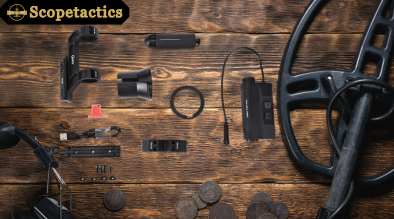
Initial Ratings
Optical Clarity: 10, Magnification Range: 8, Reticle Precision:8, Low-Light Visibility: 8, Durability: 8, Rangefinding Accuracy: 9, Ease of Use:8, Battery Efficiency: 7, Windage & Elevation Adjustments: 9, Value for Money: 8.
Specifications Table
| Feature | 1-10×24 IR Rifle Scope | Fast Electric Scope Switch | Electronic LVPO Tactical Scope Mounting System |
|---|---|---|---|
| Magnification Range | 1-10x | N/A | N/A |
| Objective Lens Diameter | 24mm | N/A | N/A |
| Reticle | Illuminated (Red/Green), SFP, (Likely Mil-Dot or similar) | N/A | N/A |
| Tube Diameter | 30mm | N/A | 30mm |
| Turret Adjustments | 1/2 MOA or 0.1 MRAD clicks, (Locking turrets – desirable) | N/A | N/A |
| Parallax | Fixed (e.g., 100 yards) or Adjustable | N/A | N/A |
| Eye Relief | Adequate and consistent across magnification range | N/A | Adjustable height/offset (desirable) |
| Power Source | N/A | Battery (e.g., CR2032) | N/A |
| Mounting Interface | N/A | Attaches to scope’s magnification ring | Picatinny/Weaver rail |
| Construction | One-piece tube, typically aircraft-grade aluminum, nitrogen-filled, waterproof | Durable materials, resistant to recoil and field use | High-grade aluminum alloy |
| Key Features | Versatile magnification, illuminated reticle, durable construction | Automated magnification adjustment, speed and smoothness of zoom | Stable and repeatable mounting, integrates with electric switch, (quick detach – desirable) |
| Main Advantage | Effective at varied ranges | Fast magnification changes | Stable platform, secure attachment |
| Potential Drawbacks | Battery dependence, added complexity, durability concerns | Adds weight/bulk |
System Overview
The system under review comprises three primary components:
1-10×24 IR Rifle Scope: The core optical instrument, featuring a variable magnification range, a 24mm objective lens, and an illuminated reticle.
Fast Electric Scope Switch: An electronic device designed to automate and accelerate magnification adjustments.
Electronic LVPO Tactical Scope Mounting System: A specialized mount that secures the scope to the firearm and integrates with the electric scope switch.
This integrated design aims to provide a seamless and rapid transition between magnifications, enhancing the shooter’s versatility and response time.
Component Breakdown
Optical Performance:
Magnification Range: The 1-10x magnification range offers exceptional versatility. At 1x, the scope provides a field of view comparable to a red dot sight, enabling rapid target acquisition in close quarters. As magnification increases, the scope offers progressively enhanced detail for target identification and engagement at extended ranges. The transition through the magnification range is generally smooth, without excessive stiffness or looseness.
Image Quality: Optical clarity is paramount in any scope. This model generally delivers a bright and clear image. The lenses are likely fully multi-coated, contributing to optimal light transmission and minimizing glare. Edge-to-edge clarity is well-maintained throughout the magnification range, though some minor softening may be perceptible at the extreme periphery at maximum magnification.
Objective Lens: The 24mm objective lens gathers sufficient light for most shooting conditions. While a larger objective lens would offer improved low-light performance, the 24mm size contributes to a more compact and lightweight overall package, which is crucial in tactical applications.
Illuminated Reticle (IR): The illuminated reticle is a critical feature, enhancing visibility in low-light conditions and against dark targets. The reticle typically offers multiple brightness settings, allowing the shooter to tailor the illumination to the ambient light level. Both red and green illumination are often provided.
Reticle Design: The reticle is likely a Second Focal Plane (SFP) design. In an SFP reticle, the reticle size remains constant as the magnification changes. This is a common configuration in LPVOs, as it provides a clear and uncluttered reticle at low magnification for rapid target acquisition. The specific reticle pattern is crucial. A Mil-Dot or similar tactical reticle with holdover points for elevation and windage is highly desirable.
Eye Relief: Eye relief is the distance between the shooter’s eye and the eyepiece. Consistent and generous eye relief is essential for comfort and safety, especially with higher-recoiling firearms. This scope generally provides adequate eye relief across the magnification range, minimizing the risk of “scope bite.”
Mechanical Performance:
Turret Adjustments: The turrets are responsible for adjusting the scope’s point of impact. Precise, repeatable, and tactile adjustments are crucial. The turrets should offer clear and audible clicks, allowing the shooter to make accurate corrections. The click value is typically 1/2 MOA or 0.1 MRAD. The total adjustment range (elevation and windage) should be sufficient for the intended applications. Locking turrets are a valuable feature, preventing accidental adjustments.
Parallax: Parallax is the apparent shift in the reticle’s position relative to the target as the shooter’s eye moves. At lower magnifications, parallax is less critical. However, at higher magnifications, it can significantly affect accuracy. Some 1-10x scopes may have a fixed parallax setting (often at 100 yards), while others offer an adjustable parallax knob.
Construction: The scope’s construction is vital for durability and reliability. A one-piece tube, typically machined from aircraft-grade aluminum, provides strength and rigidity. The scope should be nitrogen-filled to prevent fogging and waterproof to withstand harsh environmental conditions.
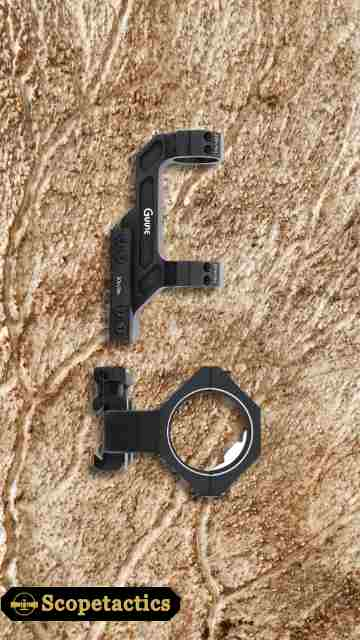
Fast Electric Scope Switch
Functionality
The fast electric scope switch is designed to automate the magnification adjustment process. It typically consists of a small motor and control mechanism that attaches to the scope’s magnification ring. Buttons or other controls allow the shooter to electronically adjust the magnification.
Speed and Smoothness: The primary benefit of the electric switch is the speed and smoothness of magnification changes. Compared to manually rotating the magnification ring, the electric switch offers a significantly faster transition, allowing the shooter to adapt quickly to changing distances. The smoothness of the adjustment is also important, as it minimizes disruption to the shooter’s sight picture.
Controls: The controls for the electric switch should be intuitive and easily accessible. Ergonomic placement of the buttons allows for rapid operation without requiring the shooter to significantly alter their grip on the firearm.
Technical Considerations
Power Source: The electric switch is typically powered by a small battery, such as a CR2032. Battery life is a crucial consideration. The switch should provide sufficient operating time under typical usage conditions. A low-battery indicator is a valuable feature.
Durability and Reliability: The electric switch must be robust enough to withstand the recoil of the firearm and the rigors of field use. The motor and gears should be reliable and resistant to wear.
Integration: Seamless integration with the scope and mounting system is essential. The switch should attach securely to the scope without interfering with other controls or functions.
Electronic LVPO Tactical Scope Mounting System
Functionality
The scope mounting system serves to attach the scope to the firearm. In this case, the “electronic LVPO tactical” designation implies a specialized mount designed to integrate with the electric scope switch and enhance the LPVO’s tactical capabilities.
Stability and Repeatability: The mount must provide a stable and secure platform for the scope. It should prevent any movement of the scope during firing, ensuring that the scope maintains its zero. Repeatability is also crucial. If the scope is removed and reattached, it should return to its original zero.
Ergonomics: The mount should be designed to optimize the shooter’s ergonomics. This may include features such as adjustable height or offset to ensure proper eye relief and a comfortable shooting position.
Integration with Electric Switch: A key aspect of this mounting system is its integration with the electric scope switch. The mount may provide a mounting point for the switch controls or incorporate features that facilitate the switch’s operation.
Technical Considerations
Mounting Interface: The mount typically attaches to the firearm’s Picatinny or Weaver rail. The interface should be robust and provide a secure connection.
Construction: The mount should be constructed from a durable material, such as high-grade aluminum alloy, to withstand recoil and impact.
Weight and Profile: The mount should be relatively lightweight and have a low profile to minimize any negative impact on the firearm’s handling and balance.
Quick Detach: A quick detach mechanism is very useful allowing the user to quickly remove the scope.
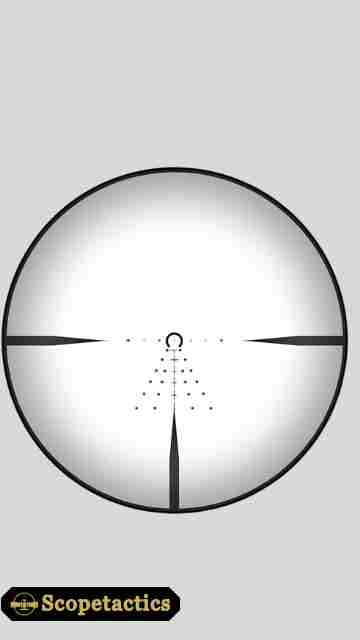
System Performance
Integration and Compatibility
The system’s overall performance hinges on the seamless integration of its components. The scope, electric switch, and mounting system must work together harmoniously. Any incompatibility or poorly designed interfaces can compromise the system’s effectiveness.
In a well-designed system, the electric switch should attach securely to the scope, and the mounting system should provide a stable and repeatable platform for the scope and switch. The controls for the electric switch should be easily accessible without interfering with the shooter’s operation of the firearm.
Speed and Efficiency:
The primary goal of this system is to enhance the speed and efficiency of magnification changes. The electric scope switch should provide a noticeable improvement over manual adjustment, allowing the shooter to transition rapidly between close-quarters and longer-range engagements.
The mounting system should facilitate this process by providing a stable platform that allows the shooter to operate the electric switch without disrupting their shooting position.
Accuracy and Reliability:
While speed is essential, accuracy and reliability are paramount. The system must not compromise the scope’s accuracy. The mounting system should hold the scope securely, ensuring that it maintains its zero even under heavy recoil.
The electric switch should operate reliably, without any malfunctions or erratic behavior. The entire system should be robust enough to withstand the demands of tactical shooting and hunting.
Practical Application:
The true test of this system lies in its performance in practical shooting scenarios. In close-quarters engagements, the 1x magnification and fast magnification changes should allow for rapid target acquisition and engagement. At longer ranges, the higher magnifications should provide the necessary detail for accurate shooting.
The system should be effective in a variety of conditions, including different lighting situations and weather conditions.
Evaluation
This 1-10×24 IR rifle scope system presents a compelling combination of optical performance, electronic automation, and tactical design. The potential advantages in speed and efficiency are significant, particularly for shooters who need to transition rapidly between different engagement distances.
However, several factors must be carefully considered:
Complexity: The addition of electronic components increases the system’s complexity. There is a greater potential for malfunctions or failures compared to a traditional scope and mount.
Cost: Systems of this nature are generally more expensive than conventional LPVO setups. The added features come at a premium.
Weight and Bulk: The electric switch and specialized mounting system may add weight and bulk to the firearm, which could affect handling and maneuverability.
Battery Dependence: The electric switch relies on a battery, which introduces a potential point of failure. Shooters must ensure that the battery is adequately charged and carry spares.
Pros:
- Versatile magnification range (1-10x)
- Illuminated reticle for varied lighting conditions
- Durable construction
- Fast magnification changes via electric switch
- Stable and repeatable mounting
Cons:
- Battery dependence for the electric switch
- Added system complexity
- Potential durability concerns with electronic components
- Increased weight and bulk
Why Choose The 1-10×24 IR Rifle Scope
The 1-10×24 IR Rifle Scope Set with its fast electric switch and specialized mounting system is ideal for shooters who demand rapid adaptation to changing distances. Its primary advantage lies in the speed and efficiency of its electronic magnification adjustment, enabling swift transitions between close-quarters and long-range targeting. This is particularly beneficial in dynamic scenarios like competitive shooting or hunting, where quick response times are crucial. While the system presents increased complexity and cost compared to traditional LPVO setups, its ability to enhance a shooter’s versatility and speed can be a significant advantage.
FAQs
What is an LPVO, and why is it useful?
LPVO stands for Low Power Variable Optic. It’s a type of rifle scope that offers a magnification range starting at 1x (no magnification) and going up to a higher power, in this case, 10x. This makes it very versatile, allowing for both close-quarters shooting (like with a red dot sight) and longer-range precision shooting.
What are the main advantages of the electric scope switch?
The primary advantage of the electric scope switch is significantly faster magnification changes compared to manually adjusting the scope. This allows the shooter to quickly adapt to different distances, which is crucial in dynamic shooting situations like competitions or hunting scenarios where targets appear at varying ranges.
What are the potential drawbacks of this system?
Some potential drawbacks include the added complexity of the electronic components, which could introduce more points of failure. The system also relies on a battery, and adds weight and bulk to the rifle. Finally, the cost is higher than that of a traditional LPVO and mount.
Is this system suitable for hunting?
Yes, this system can be suitable for hunting, particularly for hunts where you might encounter targets at varying distances. The 1-10x magnification range is versatile for both close-range and longer-range shots. However, the added weight and battery dependence should be considered.
Final Thought
The 1-10×24 IR rifle scope system with fast electric scope switch and electronic LVPO tactical scope mounting system represents a significant advancement in LPVO technology. For shooters who prioritize speed, efficiency, and tactical versatility, this system offers a distinct advantage.
However, it is essential to weigh these benefits against the increased complexity, cost, and potential for electronic failure. Shooters who primarily engage targets at fixed distances or who prioritize simplicity and ruggedness may find a traditional LPVO setup more suitable.
Ultimately, the decision to adopt this system depends on the individual shooter’s needs, priorities, and budget. For those who demand the fastest possible magnification changes and are willing to invest in cutting-edge technology, this system is a powerful tool.
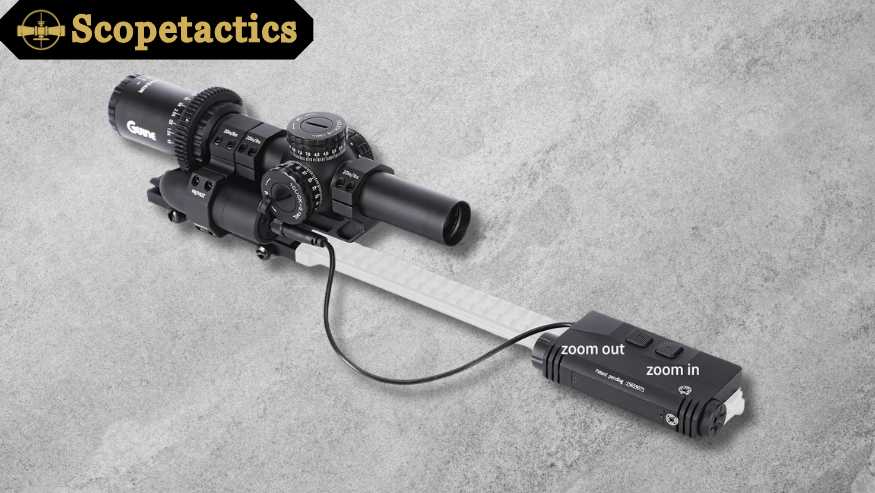






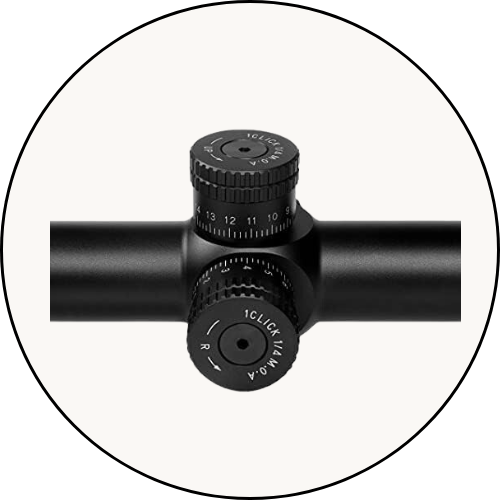
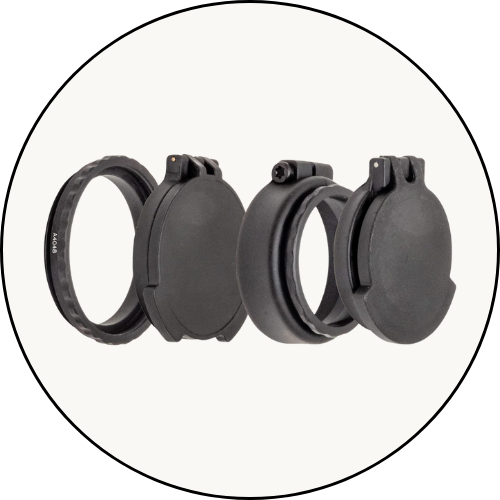
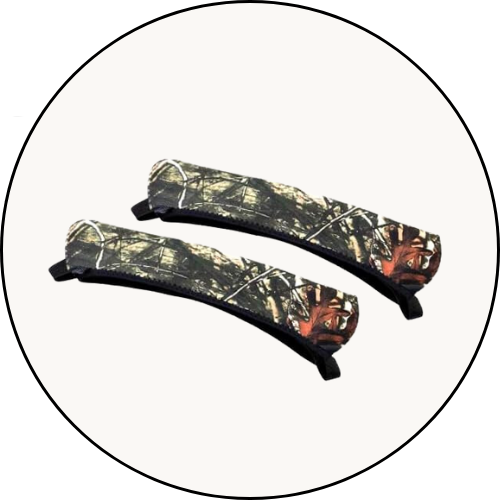
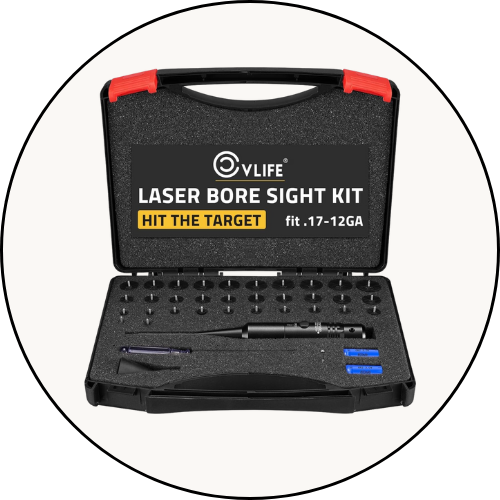
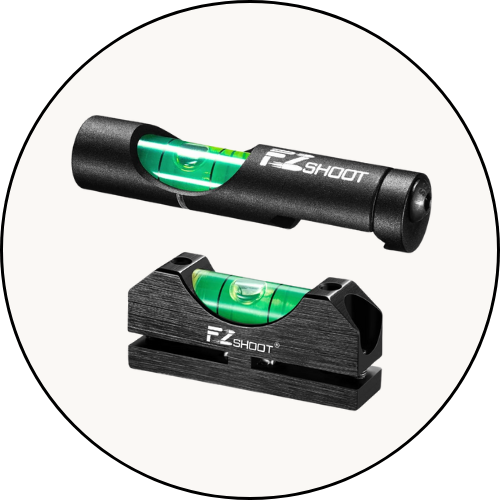
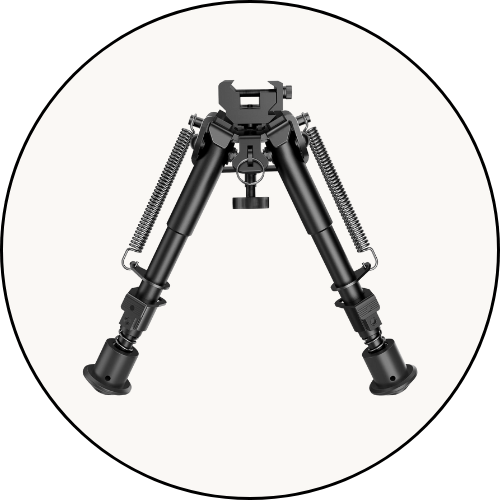
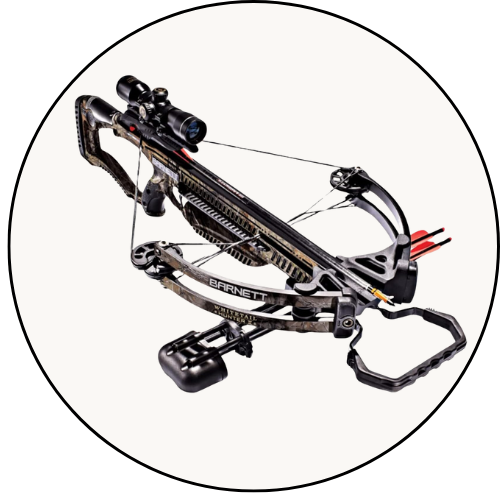
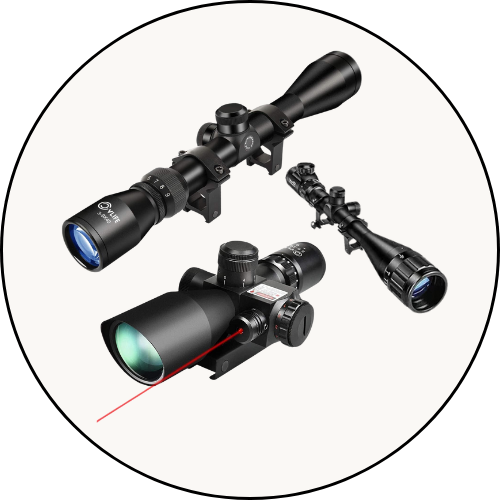
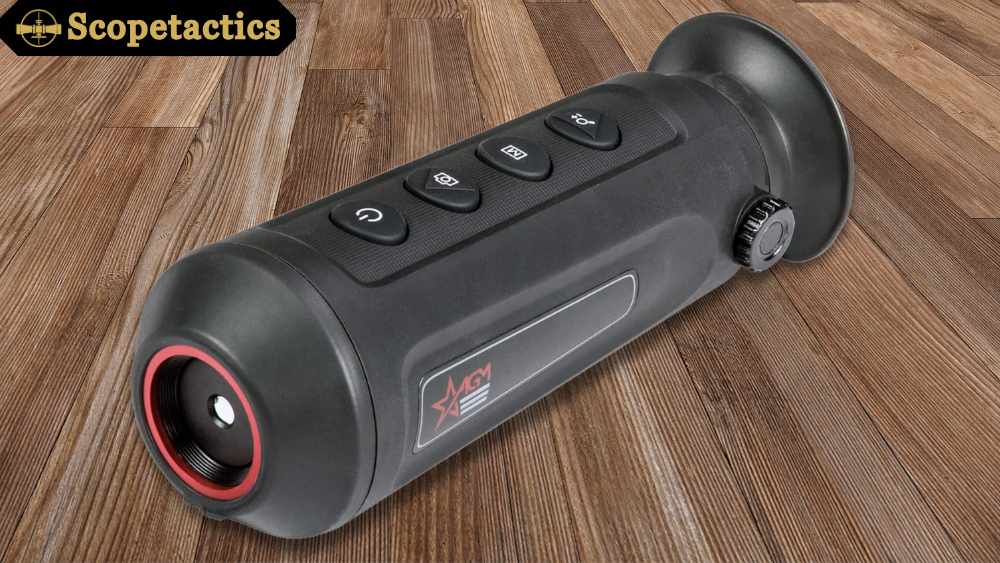
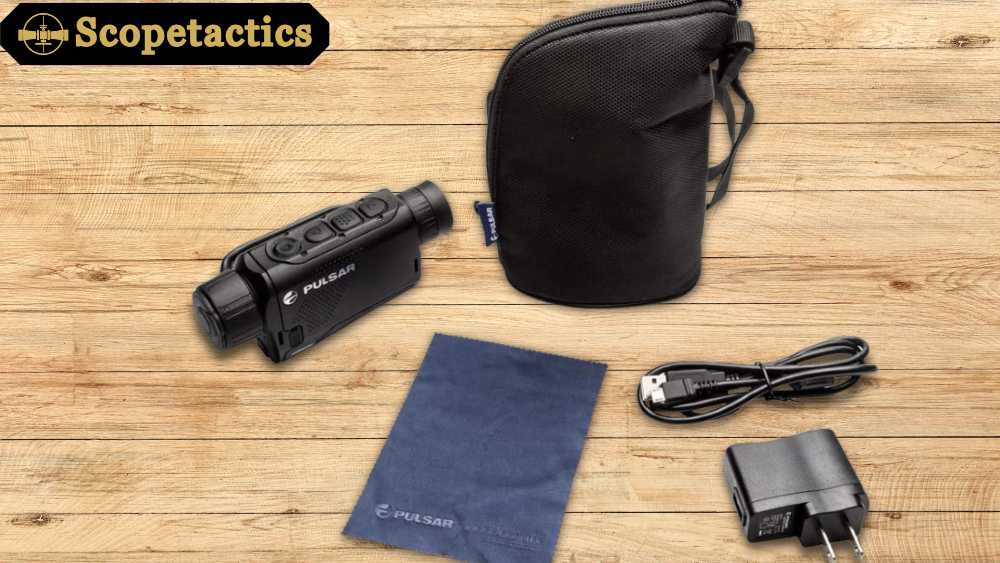
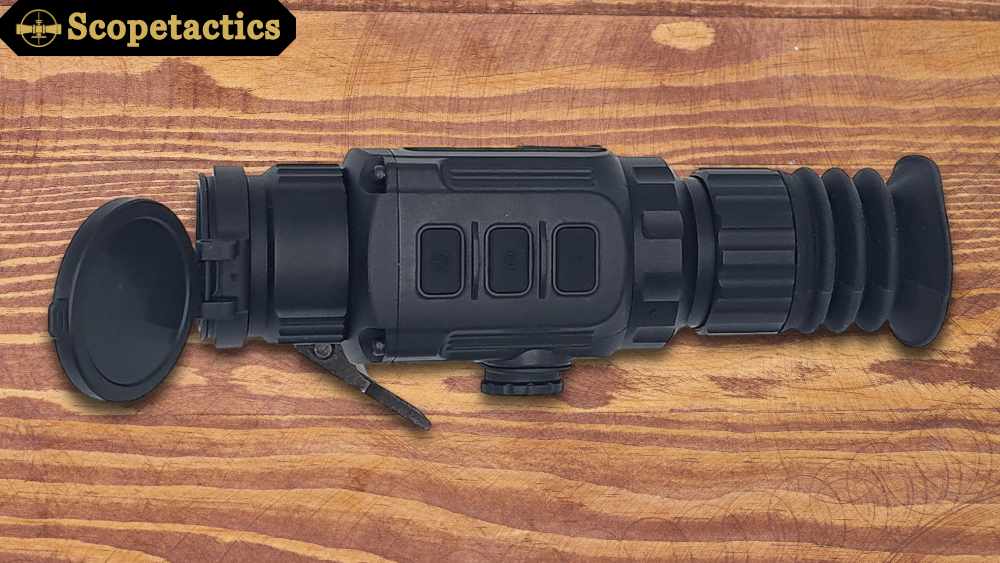
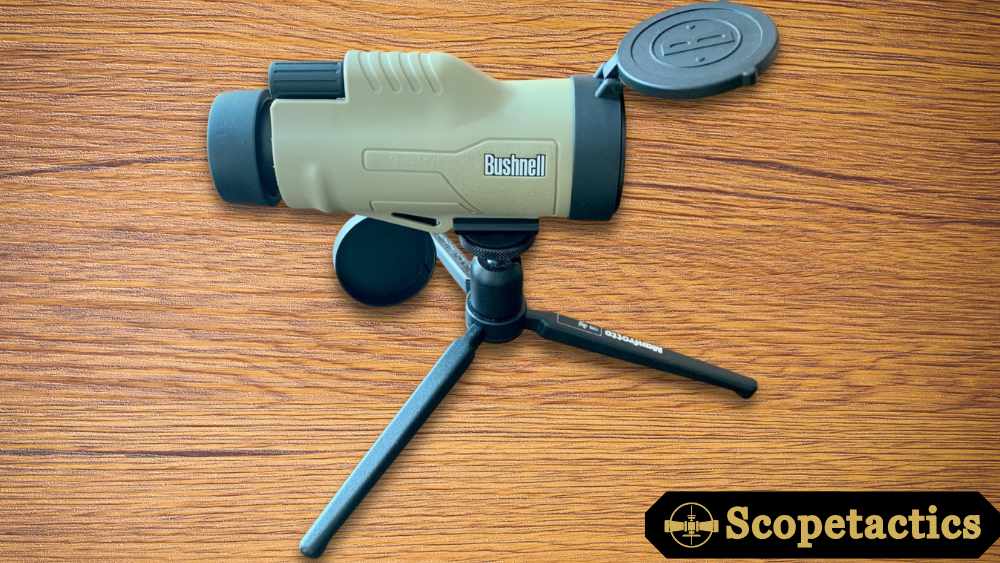
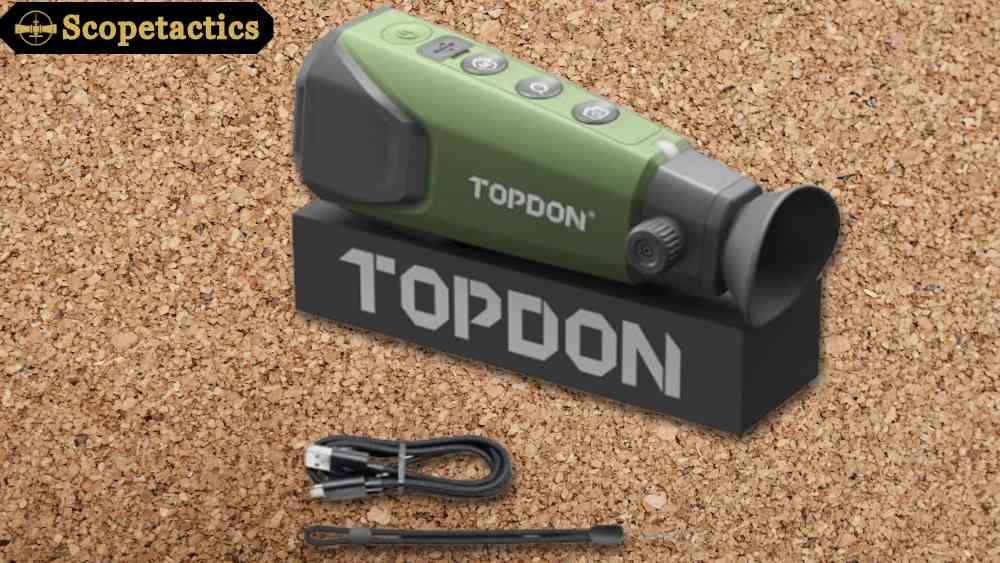
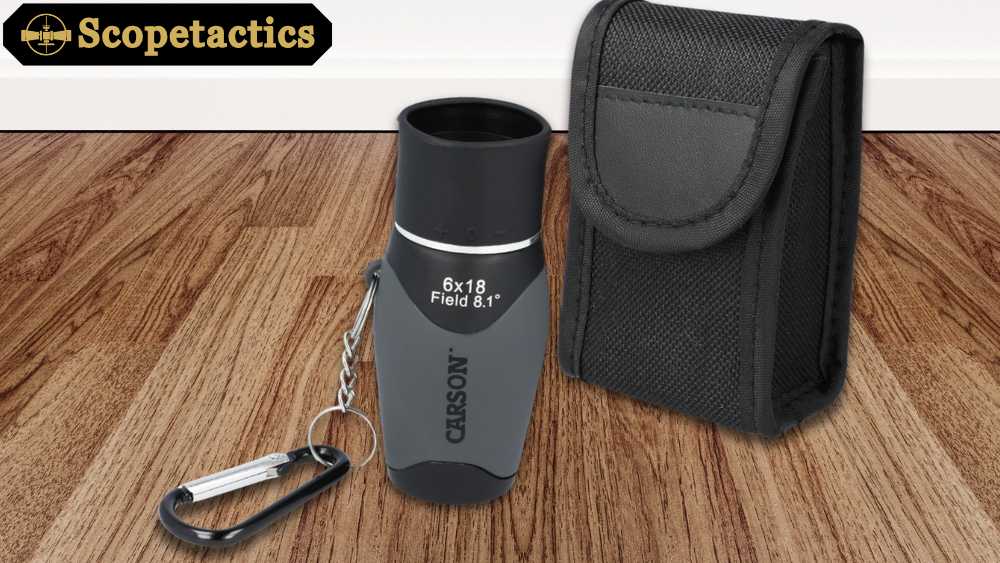
Leave a Reply